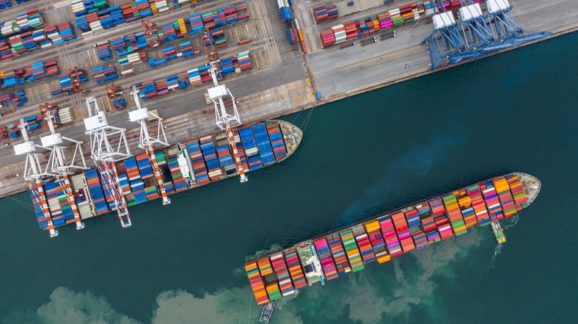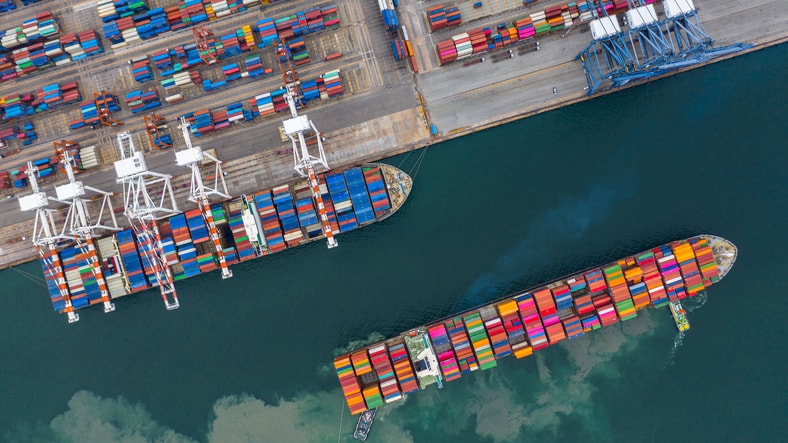Liberate to Stimulate 2020: Let’s Start with Trade

 Back in 2011, CEI recommended a package of reforms aimed at stimulating the economy after the financial crisis, which we entitled “Liberate to Stimulate.” The thrust of the reforms was getting rid of barriers that stood in the way of increased economic activity. The past two weeks have seen a volatile market owing to concerns over the likely effects of the coronavirus, which suggests an economic downturn of similar scale could be on the cards. The administration can go some way toward heading this off with further liberation of market forces. It should do so first in the area where it has imposed barriers rather than removed them—trade.
Back in 2011, CEI recommended a package of reforms aimed at stimulating the economy after the financial crisis, which we entitled “Liberate to Stimulate.” The thrust of the reforms was getting rid of barriers that stood in the way of increased economic activity. The past two weeks have seen a volatile market owing to concerns over the likely effects of the coronavirus, which suggests an economic downturn of similar scale could be on the cards. The administration can go some way toward heading this off with further liberation of market forces. It should do so first in the area where it has imposed barriers rather than removed them—trade.
American companies that rely on globalized supply chains have had those chains disrupted by the administration’s tariff policies. Even industries that thought they would benefit from protectionism have suffered; such is the nature of supply chains these days. Those supply chains are now facing a second shock in the form of lowered production in Asia as a result of the coronavirus. This might mean that some American companies go out of business, adding unemployment and discontent to the possible threat of the coronavirus here at home.
The simple way to reduce this threat is for the administration to rescind its tariffs. This will lower the pressure on supply chains and the businesses and workers that depend on them. In doing so, it would show true global leadership—and the President should lead by example by calling on all other developed nations to lower the tariffs they have recently increased or put in place at the same time.
As the saying goes, an ounce of prevention is worth a pound of cure. That goes as much for preventing an economic downturn as preventing an illness.